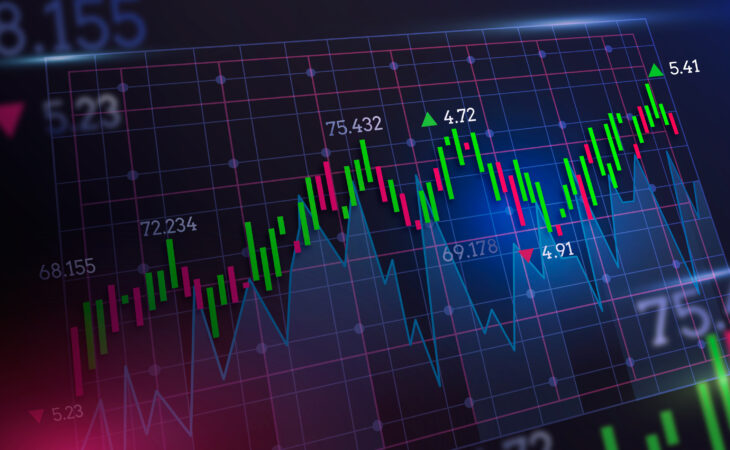Welcome to Ibex Analytics
- +14253899644
- 14121 Tukwila International Blvd, Tukwila WA 98168
- info@ibexanalytics.net
Welcome to Ibex Analytics

Forecasting the stock market and doing in-depth research are two of the most challenging types of work. There are several reasons for this, one of which is the volatility of the market, in addition to a wide range of other dependent and independent factors that play a role in determining the value of a particular stock in the market. Because of these factors, it is exceedingly difficult for any expert in the stock market to forecast the rise and fall of the market with a high degree of certainty. However, with the advent of Machine Learning and the strength of its algorithms, the most current market research and Stock Market Prediction improvements have started to employ such methods while examining stock market data.
1. Forecasting Stock Prices Through the Use of Machine Learning
Stock Price Prediction is the process of forecasting the future value of a stock that is traded on a stock exchange with the purpose of making a profit. This technique makes use of machine learning. Because of the many different aspects that go into forecasting stock prices, it is difficult to anticipate stock prices with a high level of accuracy. It is in this context that machine learning plays an extremely important role.
2. The Price of Stocks as a Time Series Object
If one considers stock data to be a time series, then using historical stock prices in conjunction with other characteristics enables one to forecast stock prices for the next day or week. Machine learning models such as Recurrent Neural Networks (RNNs) or Long Short-Term Memory (LSTMs) are popular models that are applied to predicting time series data such as weather forecasting, election results, house prices, and of course stock prices. These models also have applications in other areas of data analysis. The purpose of this exercise is to establish which criteria have the most impact on “present” or “next” day pricing by analyzing the relative relevance of more recent and more historical data. In order to accurately forecast future stock values, the machine learning model gives different market characteristics different weights and decides how much historical data the algorithm should include.
3. Prediction of the Stock Price Utilizing Moving Averages of Time Series
To begin, we may utilize moving averages (or MA) to get an understanding of how the quantity of history (or the number of prior data points) examined influences the performance of the model. This can be done by looking at the number of past data points. A straightforward moving average calculates the meaning of the most recent N data points and then uses this value to estimate the value of the N+1 data point.
4. Prediction of the Stock Price Utilizing Moving Averages of Time Series
Where P1 through Pn are the n most recent data points that have occurred prior to the present, hence in order to forecast the most recent data point, we will use the simple moving average of size n. (meaning that we see up to n data points in the past). The SMA is the figure that we have forecasted. The value of n has a considerable impact on the level of accuracy that may be achieved with the model. A higher number for n indicates that we are open to looking farther back into the past in order to calculate the current value. For instance, if n is set to 2, we will take the average of the stock price over the last two days. However, if n is set to 50, we will consider the stock price over the past 50 days. It stands to reason that data spanning fifty days will include more information about the movements of the stock and will therefore lead to improved forecasts. However, depending on the context, a big n may potentially destabilize the model since the more granular oscillations are smoothed out. It would be sub-optimal to look at prices over the last 300 days. The exponential moving average (EMA) is yet another kind of moving average that assigns more significance to the most recent data points. Because of this, we are able to examine more data points from the past without the risk of minimizing the significance of more current patterns and oscillations.
5. Network for Long and Short-Term Memory
While the forget gate chooses what information and how much of it can be removed from the current cell state, the input gate decides what information will be added to the current cell state. The forget gate also decides how much of the information can be erased. The output gate, which is employed in the final equation, is responsible for controlling the extent to which the first two gates’ output is calculated.
6. Assessing the Accuracy of Predictions Made Regarding Stock Price Predictions
Before we begin to implement the algorithms, it is important that we define the metric that will be used to evaluate the performance of our models. Since predicting stock prices is essentially a regression issue, we can use a statistic called RMSE (Root Mean Squared Error) or MAPE (Mean Absolute Percentage Error) to determine how accurate our price forecasts are in comparison to the actual market.